介绍
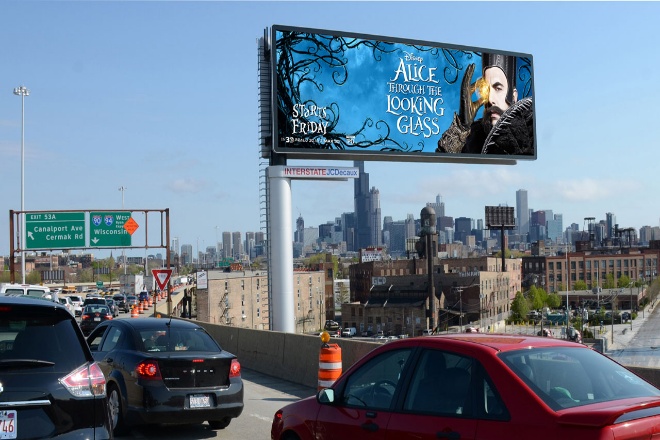
我们经常谈论同步控制和异步控制 LED显示屏但是有些朋友还是分不清它们的区别,那么今天我们就来聊一聊同步控制LED显示屏适合哪些场景,让不知道的朋友更好的了解同步控制。
1、什么是LED显示屏同步控制技术?
当你在观看一场精彩的体育赛事直播时,大屏幕上的每一刻都与现场同步,仿佛身临其境。这背后,离不开LED显示屏的同步控制技术。
简单来说,同步控制就是可以让您的LED显示屏实时、准确的显示您想要的内容,就像您的电脑显示器一样,两者之间的画面是一模一样的。
在LED显示屏的世界里,同步控制就像一位超级指挥官,保证从计算机到显示屏的每一个环节都紧密配合,不出现任何差错。
当你按下播放按钮的时候,无论是绚丽的视频、生动的图片、还是滚动的文字,都会瞬间呈现在LED显示屏上,并且和你电脑上的画面一模一样,无延迟、无错位。
那么,这个同步控制是如何做到的呢?
事实上,这涉及到一系列复杂且尖端的技术。
首先是信号传输。 你可以把这一步想象成信息的“快递”过程,你的电脑就像是一个发货点,而LED显示屏则是接收点。
同步控制系统会通过高速、稳定的传输媒介(如网线、光纤等)把电脑上的信号快速、准确地“送达”到显示器上。
在这个过程中,信号的传输速度非常快,就像高速行驶的列车一样,保证信息能够及时到达。
接下来是数据处理。 这一步就好比信息的“翻译”过程,由于电脑上的信号格式可能与LED显示屏所需的信号格式不同,所以同步控制系统需要一个“翻译器”,把电脑上的信号转换成显示屏能看懂的“语言”。
这个“翻译器”就是数据处理单元,它会仔细分析信号的每一个细节,比如帧率、分辨率、色深等,然后进行适当的调整和优化,确保信号能在显示屏上呈现出最好的效果。
最后是显示同步。 这一步就好比是信息的“呈现”过程,处理后的信号会被送到LED显示屏的驱动电路,驱动电路就好比是显示屏的“大脑”。
它会根据信号指令来控制每一个LED灯的亮与灭。这样,LED显示屏就能实时、准确地显示出与电脑一样的画面。而且这个过程非常精准,就像一场精心编排的舞蹈,每一个动作都恰到好处。
2、室内同步控制LED显示屏的应用场景
当我们走进大型室内公共场所,如会议中心、展览馆、商业综合体、商场,甚至影剧院、演出场所时,同步控制的LED显示屏总能以其独特的魅力吸引我们的目光。
它们不仅仅是一块点亮的屏幕,更是信息传递、品牌展示、艺术呈现的重要载体,接下来我们就来说说同步控制的LED显示屏是如何在这些场所“大显身手”的。

1).大型会议中心及 展览 大厅:
当你坐在宽敞明亮的会议中心时,舞台上正在进行一场精彩的演讲。
身后的LED显示屏上,随着主讲人的讲解,高清图片、视频、动态图表逐一呈现,让你仿佛身临其境。
这就是会议中心、展览馆同步控制LED显示屏的魅力。
在这里,高清的显示是基本要求,无论是小文字还是复杂的图表,都需要在屏幕上清晰可见。同时,由于场地面积较大,观众可能坐在各个角落,因此远距离可视性也至关重要。同步控制的LED显示屏可以确保无论观众坐在哪里,都可以看到清晰明亮的画面。
而且会议、展览会中经常需要显示动态内容,例如演讲者的PPT、产品演示视频等,同步控制技术可以保证这些动态内容在屏幕上流畅切换,不卡顿、不延迟,以便观众集中注意力于演讲或展览。
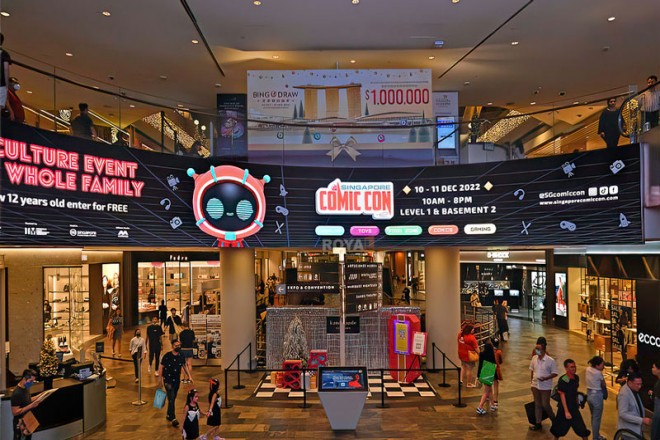
2). 商业综合体及 购物中心:
当你走进商业综合体或者购物中心,总会被那些色彩斑斓的LED显示屏所吸引,它们或播放诱人的广告,或提供便捷的导航指引,或展示店铺的特色招牌,这些都是同步控制LED显示屏在商业领域的应用。
商业场所竞争异常激烈,如何吸引顾客眼球成为关键。同步控制的LED显示屏可以播放高清动态的广告内容,吸引顾客的注意力,让顾客对品牌产生兴趣。
同时,清晰的导航指引对于商场来说也是必不可少的,LED显示屏可以实时显示楼层导航、店铺位置等信息,帮助顾客快速找到目标,提升购物体验。
此外,同步控制技术还能实现多媒体内容的无缝衔接,例如当顾客从一个区域走到另一个区域时,屏幕上的内容可以自动切换,保持连贯性和一致性,让顾客感受到身临其境的购物体验。
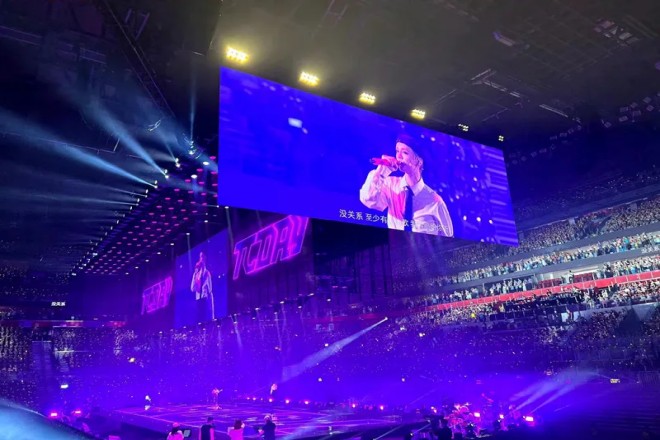
3). 影剧院及演出场所:
当你走进剧院或演出场所时,你通常会看到一个巨大的LED显示屏,作为 阶段 背景,随着表演的进行,变换各种绚丽的画面和效果,给表演增添了无限的魅力和氛围。
这里同步控制的LED显示屏需要具备高动态范围的显示能力,无论是鲜艳的色彩,还是细腻的渐变效果,都需要在屏幕上完美呈现。
同时,舞台背景需要与表演内容紧密配合,保证每一个动作、每一个音符都能与屏幕上的画面完美同步。
而且随着科技的发展,越来越多的演出开始尝试与观众进行互动。
同步控制的LED显示屏可实现观众投票、留言等互动功能,让观众成为演出的一部分,增强现场的沉浸感和参与感。
3、户外同步控制LED显示屏的应用场景
当我们走在城市的大街小巷,走进热闹的体育场馆,或是站在车水马龙的交通枢纽时,我们总会被那些色彩绚丽、信息丰富的LED显示屏所吸引。
它们就像城市的眼睛,不仅照亮了夜空,也给我们带来了无尽的便利和惊喜。今天,我们就来聊一聊同步控制LED显示屏在户外应用场景中的“精彩”瞬间。
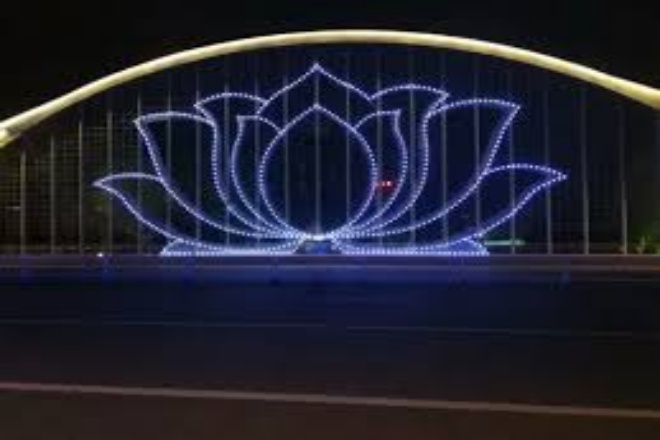
1).城市景观照明及标志性建筑:
想象一下,夜幕降临,你站在城市的高处,向远方望去,那些高楼大厦的外墙上,一片片绚烂的灯光突然亮起,随着音乐的节奏翩翩起舞,仿佛在为这座城市讲述一个又一个动人的故事。
这就是同步控制LED显示屏在城市景观照明、地标建筑中的魅力所在。
这些显示屏不仅要远观清晰,还要经受风雨日晒雪霜的考验,毕竟它们要24小时不间断地为我们带来视觉盛宴!
而且环保观念深入人心,这些显示屏必须节能环保,不能给城市环境造成负担。
以建筑外墙的灯光秀为例,每一盏LED灯就像是一个个小演员,通过同步控制技术的指挥,与音乐、动画等元素精准配合,创造出精彩的表演。
大桥的装饰灯光是科技与艺术的完美融合,使原本冰冷的钢筋水泥变得柔情似水,成为城市夜晚一道亮丽的风景线。
当然,在户外环境下,保持显示效果的一致性并不是一件容易的事情,但是同步控制技术就像是一位经验丰富的导演。
它可以根据环境光的变化自动调整显示屏的亮度和色彩,保证我们在任何时间、任何角度都能看到完美的画面。
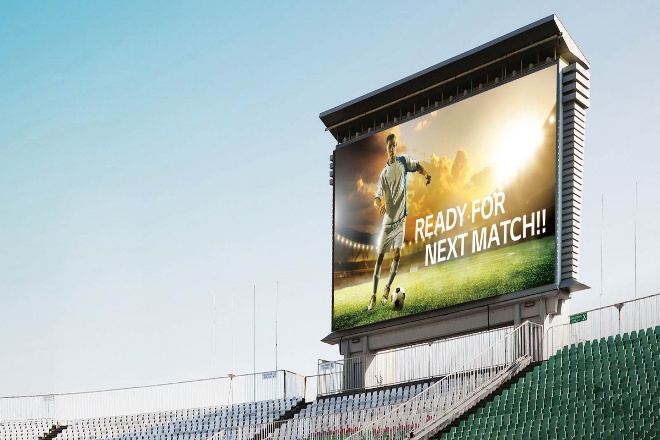
2). 体育馆 以及活动现场直播:
说起体育场馆,绝对是激情与热血的代名词,每当大型赛事举办,体育场馆里总是人头攒动、热闹非凡,而同步控制的LED显示屏则是这场盛宴中不可或缺的一部分。
大屏幕直播,让你看清每一个细节,无论是球员的每一次射门,还是每一次传球,还是裁判的每一次点球,都能在大屏幕上清晰呈现。
实时比分更新,让球迷可以随时关注比赛进展,不会错过任何精彩时刻。
而且如今的LED显示屏越来越注重观众互动,通过同步控制技术,球迷可以在显示屏上看到自己的留言、投票结果等互动内容,仿佛自己也成为了比赛的一部分,这种沉浸式的观赛体验让球迷更加投入,更加疯狂。
当然,保证直播画面与现场同步并不是一件简单的事情。
但同步控制技术就像是一个精准的计时员,可以保证现场直播画面与比赛直播画面无缝衔接,让球迷享受到最流畅的观赛体验。
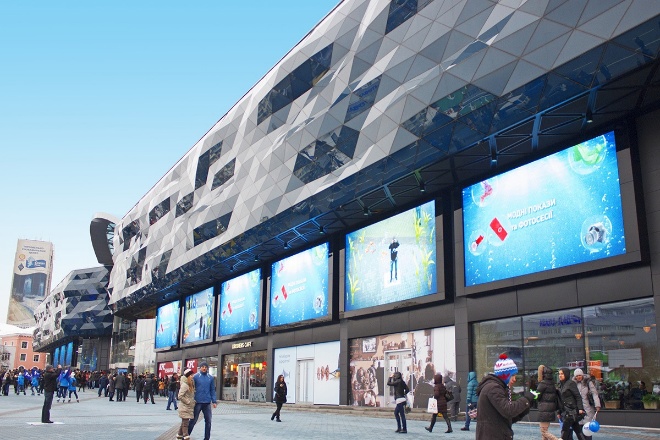
3).交通枢纽及公共信息发布:
在繁忙的交通枢纽,同步控制的LED显示屏更是发挥着重要作用,它们就像一位贴心的导游,为我们提供最及时、最准确的信息。
无论是到达/离开信息屏幕 飞机场 无论是火车站,还是公交车站的广告屏,都可以通过同步控制技术实现实时的信息更新。
无论是航班延误、列车到站时间,还是公交线路调整,都能第一时间呈现在我们面前。而且这些显示屏还支持多国语言显示,让来自世界各地的乘客都能轻松获取信息。
高亮度显示是这些显示屏的一大亮点,即使在户外阳光直射的环境下,也能清晰可见,保证我们不会错过任何重要信息。
这种高效、便捷的信息发布方式,不仅提高了我们的出行效率,也让我们在旅途中感受到更多的温暖和关怀。
4、同步控制LED显示屏未来趋势及前景

1).同步控制技术:
想象一下,未来的某一天,你站在一块巨大的LED显示屏前,屏幕上的画面如现实般流畅,每一个细微的动作、每一个色彩的变化都清晰可见,没有丝毫的卡顿和延迟。
这是未来同步控制技术发展的终极追求,更高刷新率与更低延迟的梦幻组合。
刷新率就好比显示屏的“心跳”,每一次跳动都带来画面的更新。未来的同步控制技术将让这颗“心脏”跳动得更快、更有力,让动态画面如丝般顺滑。
无论是看电影、玩游戏、还是观看体育赛事,都能感觉仿佛身临其境,感受到震撼与激情。
低延时是同步控制的另一把“利剑”,它要求显示屏对于输入信号的反应速度非常快,就像你脑子里的想法刚冒出来,屏幕就已经呈现出你想要的画面了。
这样的技术不仅可以让你的操作更加精准、及时,而且在远程会议、在线教育等场景下,让沟通更加自然、流畅。
当然,智能化管理也是同步控制技术不可缺少的一部分,未来的LED显示屏将不再是单纯的显示工具,而是一个能够感知环境、理解用户需求的智能伙伴。
它可以根据您的喜好、环境光等因素自动调整亮度、色彩等参数,为您提供最舒适的观看体验。
2).应用场景扩展:
同步控制LED显示屏未来的应用场景将远远超出我们的想象。
在智能家居中,它将成为家庭的“智慧大脑”,你可以通过语音或手势控制它播放音乐、视频,甚至调节家里的温度、灯光等环境参数,还能和家中其他智能设备协同,为你打造舒适便捷的生活环境。
在远程医疗领域,它将成为医生与患者之间的“桥梁”,通过高清、低延迟的显示技术,医生可以远程查看患者的病历记录和影像资料,进行实时诊断和治疗指导。
这将大大提高医疗服务的效率和便捷性,让更多人享受到优质的医疗资源。
在教育互动方面,让学习变得更有趣、更高效,未来的教室不再只是黑板、桌椅的组合,而是充满高科技元素。
通过同步控制的LED显示屏,学生可以参与虚拟实验,与千里之外的专家互动,甚至可以在虚拟世界中探索和学习。这种教育方式将极大地激发学生的学习兴趣和创造力,使他们对学习充满热情,善于学习。
结论
综上所述,同步控制LED显示屏以其优异的性能和广泛的应用范围,正在深刻影响着现代社会的信息传播方式,随着技术的不断进步和市场的不断扩大,其未来发展前景无限广阔。
我们期待同步控制技术的不断创新,推动LED显示屏行业迈向更高水平,为构建更加智能、绿色的视觉传达环境贡献力量。
最后,如果您想了解更多关于LED显示屏的知识, 请与我们联系。
